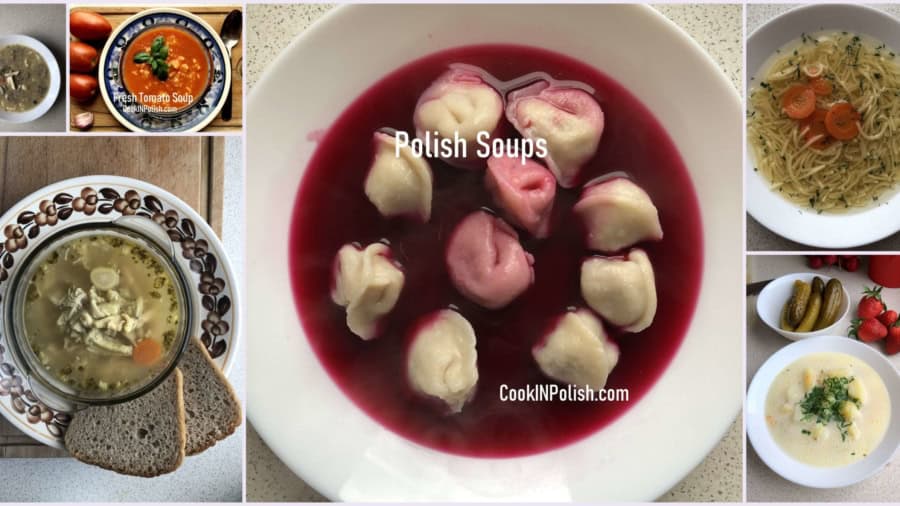I’m back with another interview with top Polish cook, Ola Rosłanowska. This interview on tasty Polish soups follows on from our most recent discussion about typical Polish breakfast dishes.
Allow me to share a few words about Ola before the interview:
Ola Rosłanowska – Cooking Delicious Sentimental Polish Food

Ola Rosłanowska is the creator of CookINPolish – Polish Food Recipes – the go-to place online for hearty Polish food recipes.
In our first interview together in November 2023, Ola revealed that her grandma, Emilka, inspired her to cook, cook and cook some more.
Ola lives in Grochów, part of the borough of Praga-Południe in Warsaw.
Tasty Polish Soups – Interview with Ola
Another intriguing interview with Ola which should inspire to do a little more in the kitchen than washing up and making tea:
1. In a few words, can you describe the essence of traditional Polish soup?
“ Traditional Polish soup is made with real stock. This stock isn’t shop-bought. It should be made from scratch so you just buy a piece of pork with bones or any of the parts of a chicken and just boil the meat in water to begin with.
Any authentic Polish soup should consist of meat and vegetables. Poles often add carrots, parsley root, celeriac and caramelised onion. When it comes to seasonings and herbs, Poles tend to add allspice and bay leaves to soups. Boiling all these together on a low heat for an hour or more creates a soup stock.
In other countries, people tend to use celery sticks, while in Poland we traditionally use celeriac. Celeriac is from the same plant family as celery, but it’s a round white root. Many Poles also make great salads from celeriac.”
2. One of the most famous Polish soups has to be żurek, or classic Polish sour rye soup. How is żurek traditionally made and does the recipe vary from region to region in Poland?
“ The recipe for żurek can trigger plenty of arguments in Polish homes.
First of all, there are many tasty Polish soups that are similar to żurek. These include white borscht (barszcz biały), and wodzianka and zalewajka in Silesian cuisine. All of them are the same type of sour soup.
The basic recipe for żurek would be zakwas – fermented rye flour starter, together with plenty of kiełbasa and a hard-boiled egg. The most important seasonings are marjoram and grated horseradish root.”
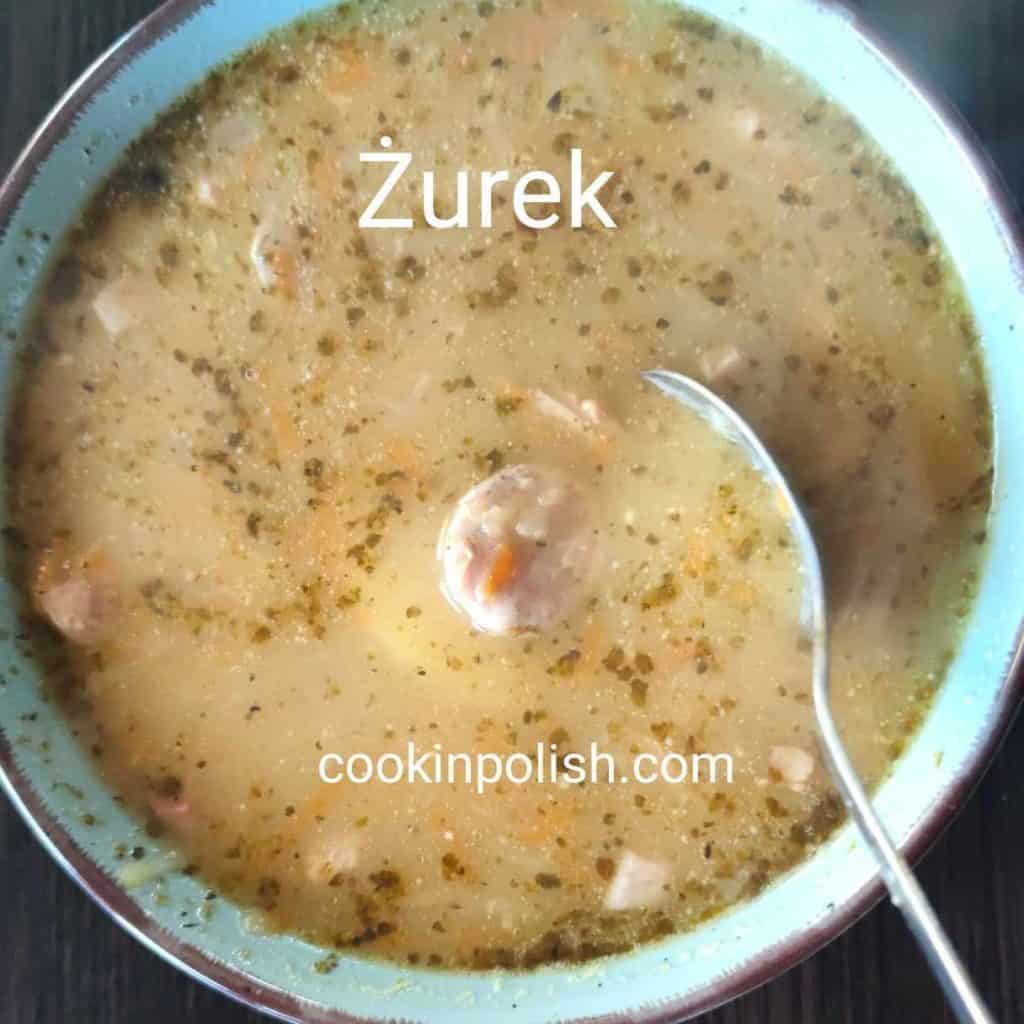
3. How do you like to add your own twist to żurek?
“ Even though it’s not that traditional, I like my żurek to be really hearty with potatoes. I also like a lot of kiełbasa and to add sour cream. It’s more like white borscht (barszcz biały).
The main difference between żurek and barszcz biały revolves around the kind of sour rye starter that is used. For żurek, it would be rye, while for barszcz biały it would be wheat sourdough. As I observed across Poland, żurek is usually served with sourdough bread, with no potatoes added.
Depending on the family, żurek or barszcz biały are traditionally served at Easter time. It’s nice to have it then as it’s usually cold in Poland at Easter.
It’s also good to have żurek as a hangover cure the day after a party. I remember attending some events and staying at hotels with my work colleagues outside of Warsaw. We found out that a lot of hotels serve żurek at breakfast time so that their guests feel better after a heavy night out.”
4. I’ve read about your memories of eating chłodnik, or cold soup, that your grandma used to make. Can you briefly describe the original recipe and how you’ve adapted the recipe over the years to suit your palate?
“ I actually don’t remember what she exactly used. There were so many different kinds of milk drink to add to this chłodnik. These days there’s an even greater variety of drinks to choose from.
In all likelihood, my grandma added sour cream and kefir to Polish cold soup. She didn’t use that many vegetables, instead opting to use dill and fresh cucumbers.
As for me, I usually just add whatever I’ve got at home in the fridge. Generally, though, I like to use kefir, buttermilk and sour cream to make the soup more hearty. I also like to add a lot of spring onion, radish and diced pickled cucumbers which add a lot of flavour to chłodnik.
I believe that there are two ways to prepare chłodnik. The most Polish way is with the ingredients I just described. However, there’s a Lithuanian version of chłodnik – Lithuanian cold borscht – which consists of boiled beets. Therefore, the colour of the soup is really purple.”
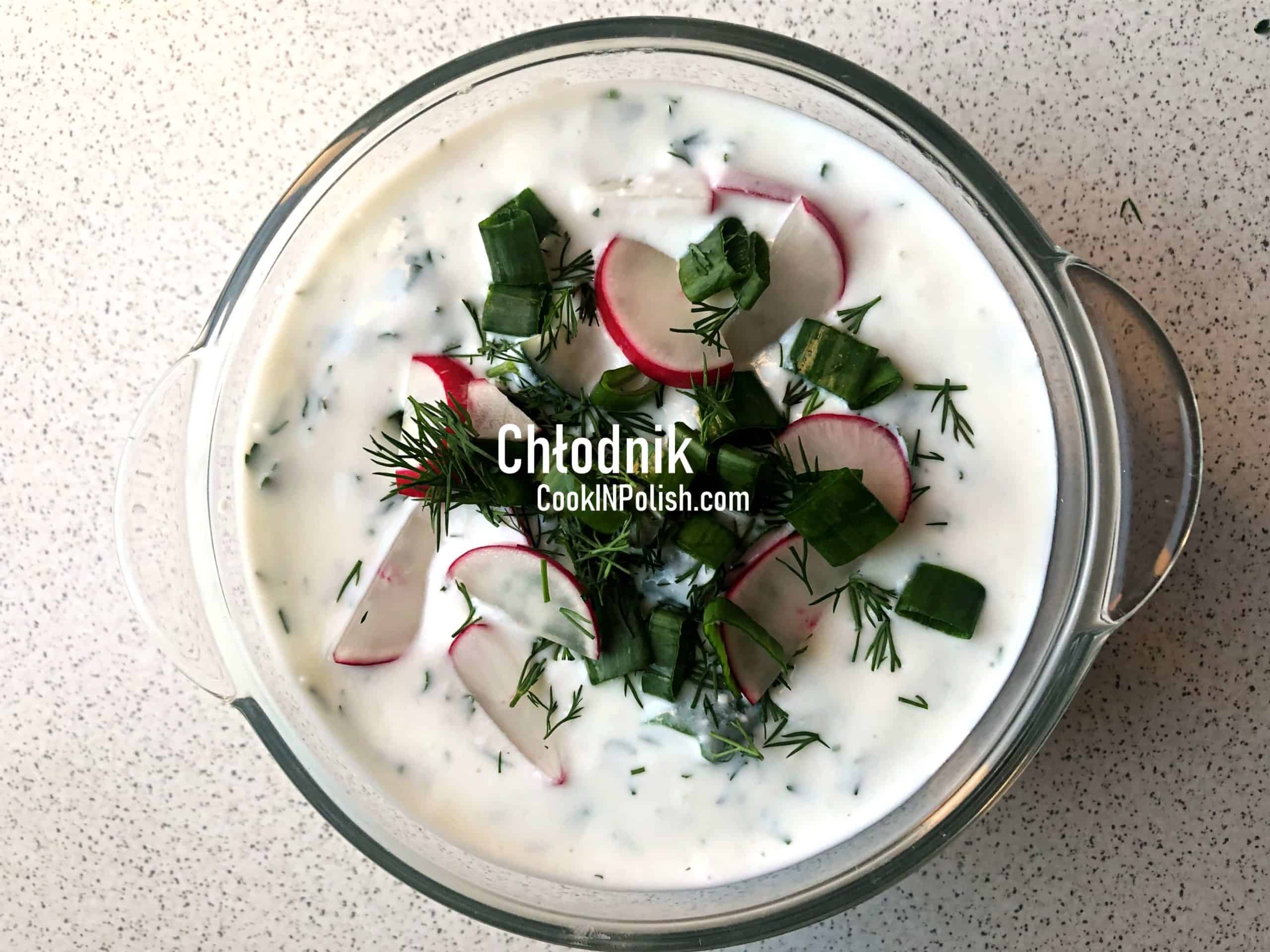
5. Can you describe a few tasty Polish soup recipes which revolve around stock ?
“ Some tasty Polish soups based on rosół – basically clear meat broth – are tomato soup and krupnik. It is often said that if there’s rosół in a Polish home on Sunday, then tomato soup is served the next day. This is because you only need to add some tomato paste to the broth to get a delicious tomato soup.
Krupnik is made by adding pearl barley and potatoes to the broth to get a nutritious and healthy soup. When you have broth, you can also quickly make vegetable soup by adding potatoes and whatever vegetables you have in the fridge, such as cabbage, green beans, and parsley. Add a touch of cream to finish with.”
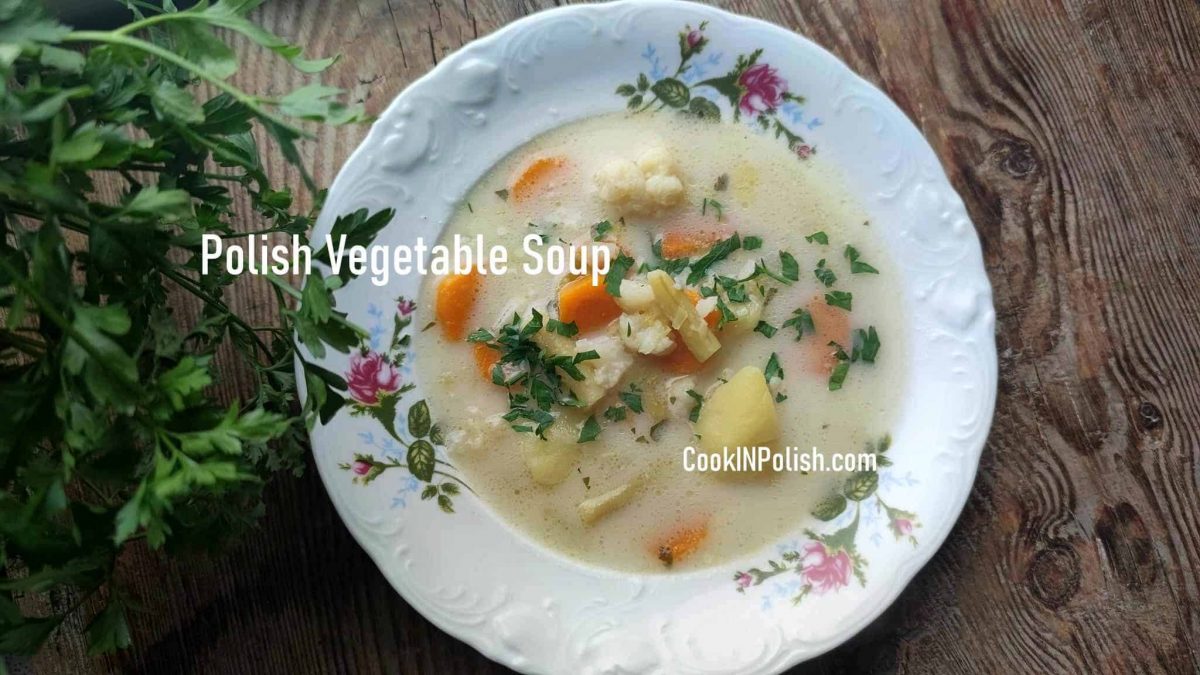
6. I presume that there’s no middle ground in Poland when it comes to flaki – Polish tripe soup. Would it be fair to say that Poles either love it or hate it?
“ When I think of tasty Polish soups, flaki is one of the first which springs to mind. I started eating it in my childhood. It was mostly served for some celebrations. Frankly, I didn’t think about what was inside the soup. I just loved the taste. Even today, I don’t find anything about flaki disgusting.
Flaki is deeply rooted in the long history of traditional Polish cuisine. In the past, housewives used whatever animal parts were going after the animals were slaughtered. People were poor so they didn’t want to waste any food at all. It’s a great attitude to have.
Tripe soup is made with beef stomach. It needs to be boiled for quite a long time. Then, you add this meat to rosoł – either chicken soup or, even better, a few different kinds of meat, such as chicken and beef. Polish tripe soup may typically contain paprika powder, ginger powder and marjoram.
Unfortunately, my husband and kids don’t eat flaki. My husband actually liked it the first time he ate it. However, the origin of the ingredients really put him off eating it again.”
7. There are quite a few Polish soups which foreigners might perceive as odd in terms of their combinations of ingredients. Polish strawberry soup with pasta (zupa truskawkowa z makaronem) would be one example. Do you prepare any tasty Polish soups which foreigners have mentioned that they contain a peculiar combination of ingredients?
“ Indeed, Polish fruit soup – or zupa owocowa – may seem strange to foreigners. It’s actually very controversial in Poland. Many people hate it due to the fact they had it all the time at nursery school. However, I really like it. It’s something like compote with noodles. It’s very sweet so I don’t know why children don’t like it.
When I read comments on my social media pages, foreigners tend to agree that dill pickle soup – zupa ogórkowa – is rather strange. For me, it’s a really tasty soup.
Of course, Poles are so used to eating these supposedly “strange” soups by the time they start Primary school. Thinking about it, though, I think the weirdest Polish soup might be czernina which is made with duck blood. I had it a few times when I was a kid and I don’t cook it now.”
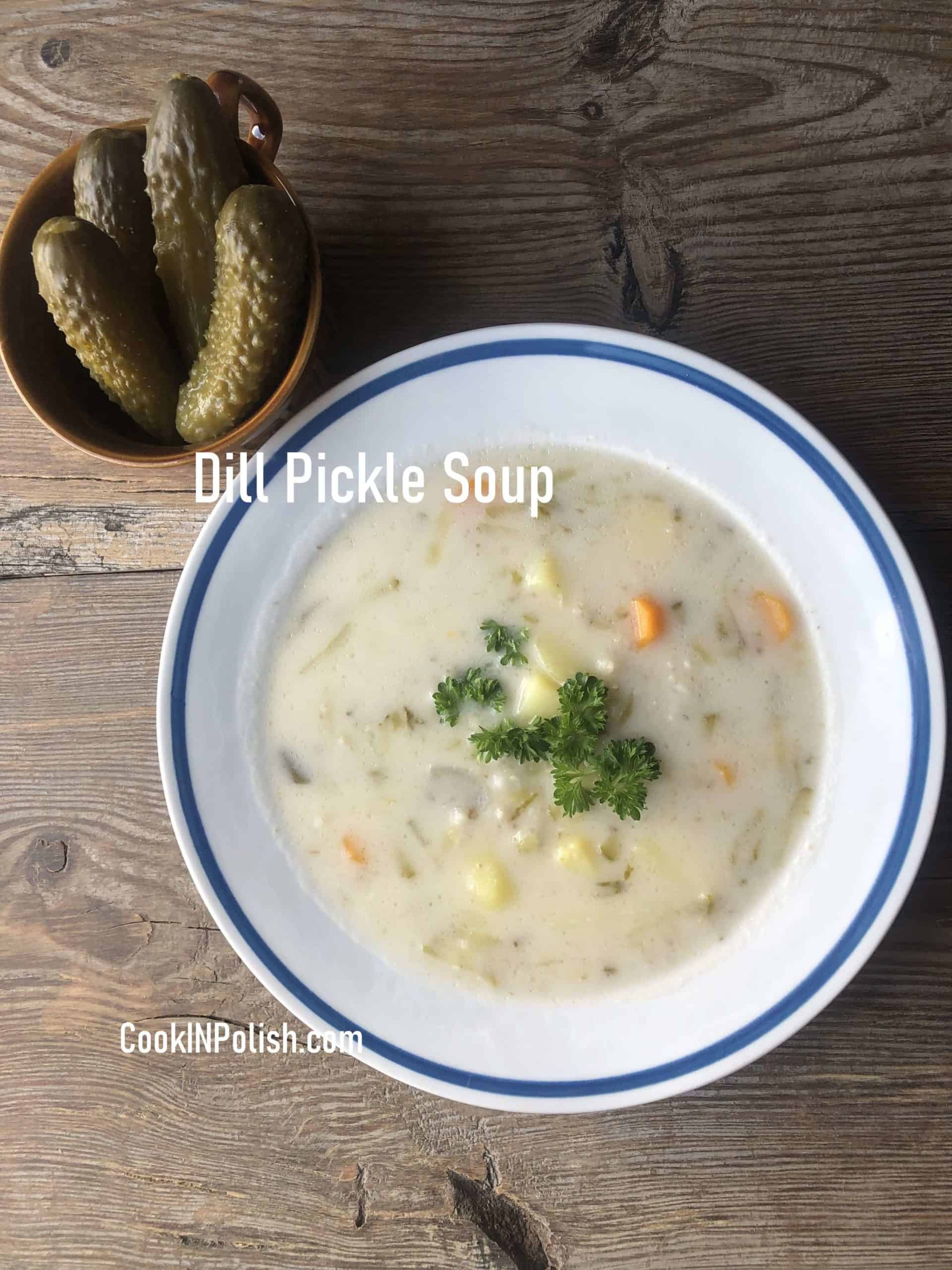
8. When you think of tasty Polish soups that we haven’t yet mentioned, which come to mind?
“ There are so many tasty Polish soups I haven’t mentioned. Two of my favourite soups from my childhood are beet soup and sorrel soup. This beet soup is not really borscht. It’s just a regular everyday soup that’s made of beet together with chicken stock. It’s great served with boiled potatoes or mashed potato, with sauteed onions on top of the potatoes.
Sorrel soup is a very traditional Polish soup. Most people don’t even know what sorrel is.
I’d also like to mention split pea soup – grochówka. It’s very different to traditional pea soup as it’s more of a hearty winter soup. Indeed, it’s really thick and usually contains a lot of smoked meat and kiełbasa.”
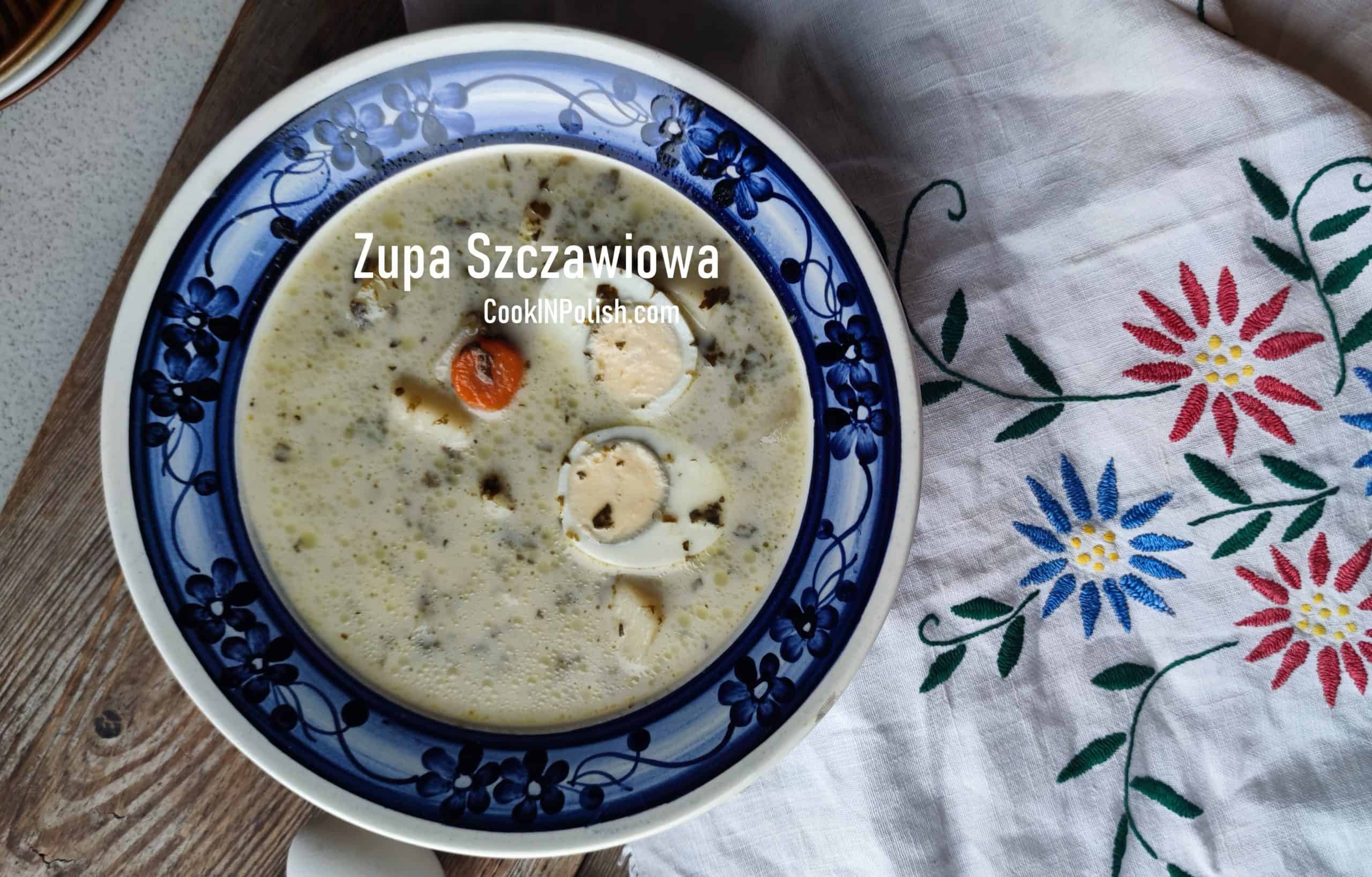
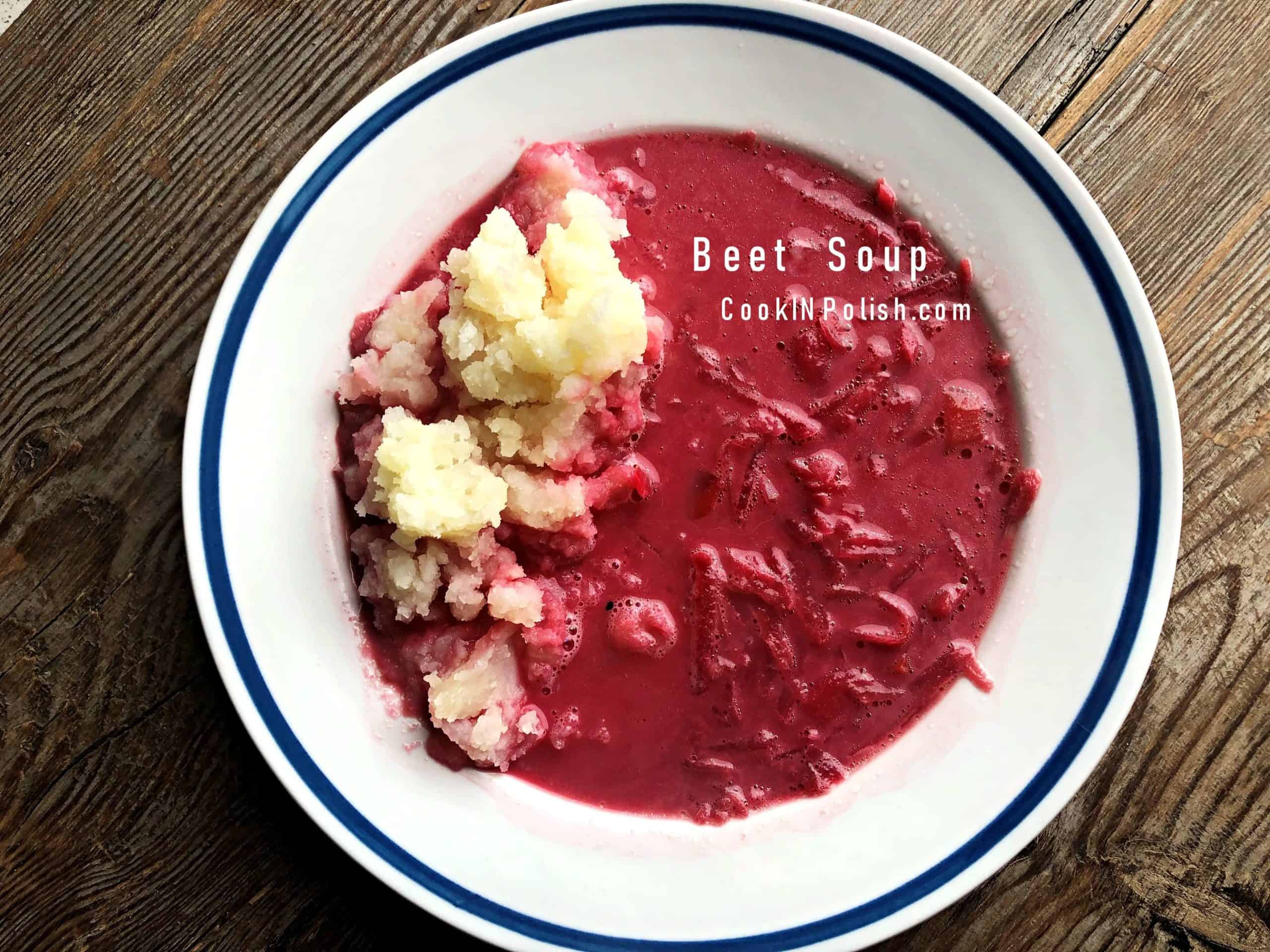
Final Thoughts
I only ever recall trying Polish chicken soup (rosół). It’s fair to say I first need to get to grips with the most traditional Polish soups before even contemplating the act of separating tasty Polish soups from those which I would avoid like the plague.
More from Ola on Delicious Polish Food:
The Most Delicious Polish Food Out There – With Ola Rosłanowska

